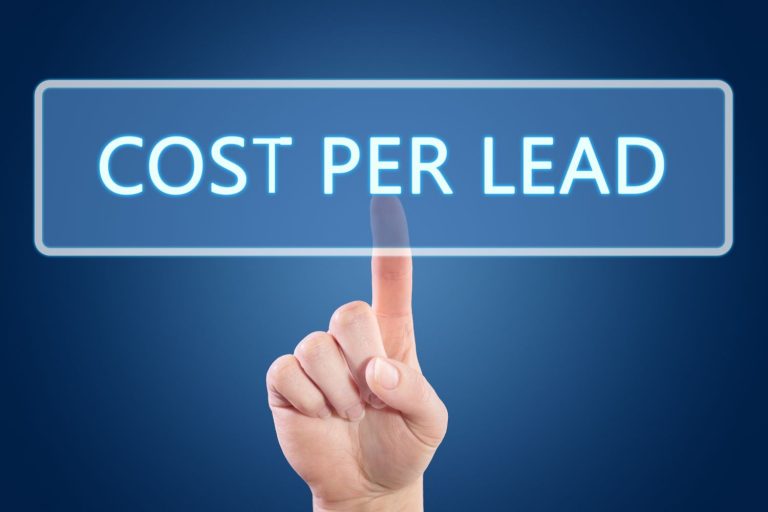Understanding Consumer Behavior to Enhance Marketing Strategies
Consumer behavior is the study of how individuals, groups, or organizations make decisions about purchasing, using, and disposing of goods and services. Understanding these behaviors helps businesses craft effective marketing strategies, leading to improved customer satisfaction, loyalty, and business growth.
In an increasingly competitive market, businesses that understand their customers’ needs and behaviors can design better products, tailor their marketing efforts, and improve customer retention.
This article delves into various aspects of consumer behavior, the factors influencing it, the decision-making process, and how businesses can leverage these insights to enhance their marketing strategies effectively.
Factors Influencing Consumer Behavior
Consumer behavior is shaped by a variety of factors, including psychological, social, cultural, and personal influences. By understanding these factors, businesses can create targeted marketing strategies that cater to specific consumer segments.
1. Psychological Factors
Psychological factors play a crucial role in shaping how consumers think, feel, and ultimately make purchasing decisions. These factors include:
- Perception: The way consumers interpret marketing messages, advertisements, and branding affects their purchasing behavior. For instance, companies use colors, fonts, and images to create perceptions that align with their brand identity.
- Motivation: Motivation drives consumers to fulfill their needs and wants. Abraham Maslow’s Hierarchy of Needs is often used to understand consumer motivation, ranging from basic physiological needs (food, water) to self-actualization (personal growth and fulfillment).
- Learning and Experience: Past experiences significantly impact future buying behavior. If a consumer has a positive experience with a brand, they are more likely to return. Learning also occurs through direct experience, advertisements, or word-of-mouth recommendations.
- Attitudes and Beliefs: Consumers develop attitudes and beliefs over time, which influence their choices. Marketers work to change or reinforce these attitudes through consistent branding and effective messaging.
2. Social Factors
Social influences come from various external sources, including family, friends, and society at large. These factors play a major role in shaping consumer behavior:
- Family Influence: Family members, especially parents and spouses, significantly impact purchasing decisions. For example, children’s preferences often influence parents’ buying choices.
- Reference Groups: People often look to peers, friends, or influencers for recommendations. Social media platforms have amplified this effect, making influencer marketing a key strategy for brands.
- Social Status: Consumers often buy products that align with their social identity and aspirations. Luxury brands, for example, cater to status-conscious buyers by emphasizing exclusivity and prestige.
3. Cultural Factors
Culture significantly influences consumer behavior, dictating values, beliefs, and norms that shape purchasing decisions.
- Cultural Background: Cultural norms determine buying patterns. For example, festivals and traditions influence consumer spending in different parts of the world.
- Subcultures: Ethnic, religious, and regional subcultures impact consumer preferences. For instance, dietary preferences vary significantly based on cultural and religious practices.
- Social Class: Buying patterns differ across income levels and societal classes. While upper-class consumers may focus on premium quality and brand loyalty, middle-class consumers might prioritize affordability and functionality.
4. Personal Factors
Personal characteristics also dictate consumer preferences and behaviors:
- Age and Life Stage: A person’s needs and desires evolve over time. Young adults may focus on fashion and entertainment, while older consumers prioritize healthcare and financial security.
- Occupation: A person’s job influences their purchasing power and choices. A corporate professional may invest in formal attire and premium gadgets, while an artist may prioritize creative tools.
- Lifestyle: Hobbies, interests, and day-to-day activities shape product choices. Fitness enthusiasts, for instance, tend to buy sports apparel, supplements, and workout equipment.
The Consumer Decision-Making Process
Understanding the steps consumers take before making a purchase is essential for businesses to influence their choices effectively.
1. Problem Recognition
The buying process begins when a consumer identifies a need or problem. This can be triggered by internal stimuli (hunger, thirst) or external stimuli (advertisements, word-of-mouth recommendations).
2. Information Search
Once a need is recognized, consumers seek information about possible solutions. They may turn to search engines, social media, online reviews, and personal recommendations.
3. Evaluation of Alternatives
Consumers compare different products based on features, price, brand reputation, and customer reviews. Marketers can influence this stage by emphasizing unique selling propositions (USPs) and value propositions.
4. Purchase Decision
After evaluating options, consumers make their purchase decision. Factors such as discounts, availability, and brand reputation play a role in the final choice.
5. Post-Purchase Behavior
The buying process doesn’t end at the purchase. Consumers assess their satisfaction with the product or service, which affects future purchases and brand loyalty. Businesses must ensure positive experiences through excellent customer support and after-sales service.
Leveraging Consumer Behavior Insights in Marketing Strategies
Businesses can harness consumer behavior insights to craft effective marketing strategies that drive sales and customer engagement.
1. Segmentation and Targeting
By analyzing consumer data, businesses can segment their audience based on demographics, behaviors, and interests, allowing them to target specific groups with personalized marketing messages.
2. Personalization and Customer Engagement
Using data-driven insights, businesses can create personalized experiences through:
- Tailored email campaigns
- Product recommendations
- Customized advertisements
3. Emotional Marketing
Since emotions drive consumer behavior, brands can use storytelling, emotional triggers, and cause marketing to establish strong connections with their audience.
4. Social Proof and Influencer Marketing
Consumers trust peer recommendations and influencers. Leveraging reviews, testimonials, and influencer partnerships can boost brand credibility.
5. Multi-Channel Marketing
Consumers interact with brands across multiple platforms. An integrated marketing approach using social media, email marketing, search engine optimization (SEO), and traditional advertising enhances customer reach and engagement.
6. Customer Feedback and Continuous Improvement
Regularly collecting customer feedback helps businesses refine their products and services to align with consumer expectations.
Conclusion
Understanding consumer behavior is a cornerstone of effective marketing strategies. By analyzing psychological, social, cultural, and personal influences, businesses can develop targeted marketing campaigns that resonate with their audience.
Utilizing data insights, personalization, emotional appeal, and multi-channel approaches enhances customer engagement, loyalty, and ultimately, business success.
As markets evolve, businesses must continuously monitor consumer behavior trends and adapt their strategies to remain competitive.








